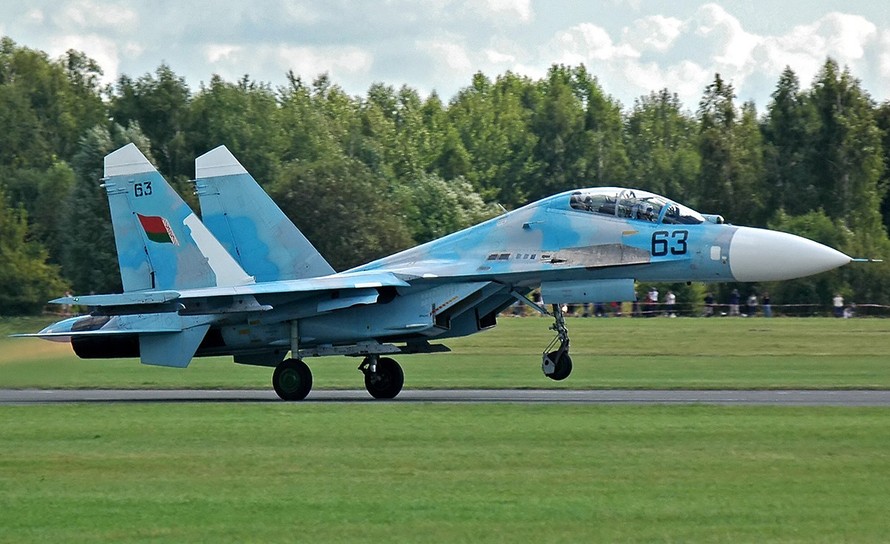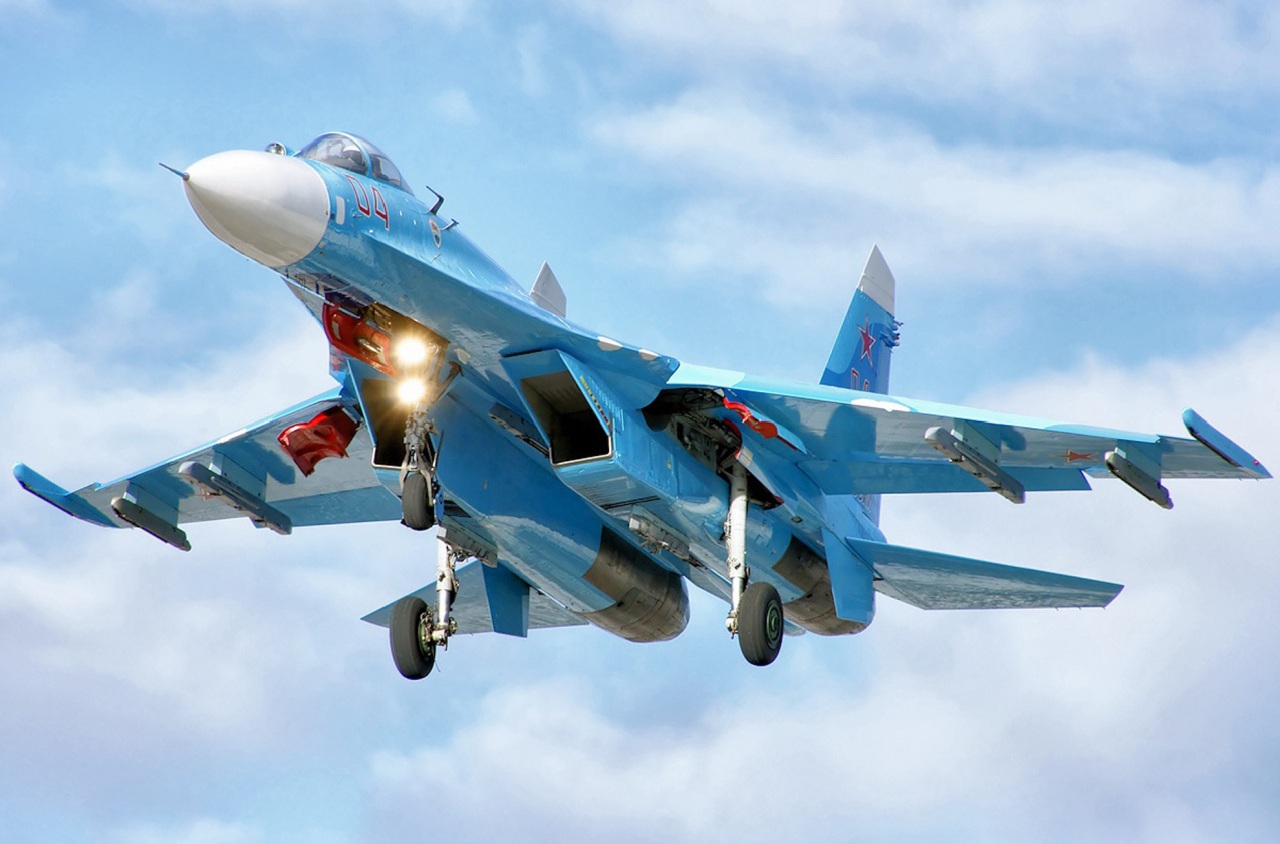The Sukhoi Su-27, known by its NATO reporting name “Flanker,” is a legendary air superiority fighter that has cemented its place in aviation history. Developed by the Sukhoi Design Bureau in the 1970s, the Su-27 was created to counter the advanced American fighters like the F-15 Eagle. With its powerful engines, sophisticated avionics, and exceptional maneuverability, the Su-27 quickly became one of the most formidable fighters in the world.

Origins and Development
The Su-27’s development began in the early 1970s, during a period of intense competition between the Soviet Union and the United States. The Soviet Union needed a fighter that could match or surpass the performance of the new American fighters, particularly the F-15 Eagle, which had set new standards for air superiority. The Sukhoi Design Bureau took on the challenge, aiming to create an aircraft that combined speed, agility, and firepower.
The prototype of the Su-27, known as the T-10, first flew in 1977. After a series of modifications and improvements, the aircraft entered service with the Soviet Air Forces in 1985. The Su-27’s design emphasized high-speed, long-range interception, and superior dogfighting capabilities, making it a versatile platform for various combat scenarios.
Design and Performance
The Su-27 is characterized by its sleek, aerodynamic design, featuring a blended wing-body configuration and large, powerful engines. The aircraft is powered by two Saturn AL-31F afterburning turbofan engines, which provide exceptional thrust and allow the Su-27 to reach speeds of up to Mach 2.35. The fighter’s impressive range of over 3,500 kilometers (2,175 miles) enables it to perform long-range missions without requiring refueling.
One of the most notable features of the Su-27 is its exceptional maneuverability. The aircraft’s aerodynamic design, coupled with advanced fly-by-wire control systems, allows it to perform extreme maneuvers, such as the famous “Cobra” maneuver, where the aircraft pitches its nose up to a near-vertical position and then recovers to level flight. This capability gives the Su-27 a significant edge in dogfights, allowing it to outmaneuver most adversaries.

Armament and Avionics
The Su-27 is equipped with a potent array of weapons, making it a formidable opponent in both air-to-air and air-to-ground engagements. Its primary armament includes the GSh-30-1 30 mm cannon and a variety of air-to-air missiles, such as the R-73 (AA-11 Archer) and R-27 (AA-10 Alamo). These missiles provide the Su-27 with a deadly punch in close and beyond visual range combat.
In addition to its weapons, the Su-27 boasts advanced avionics and sensor systems. The aircraft is equipped with the N001 Myech radar, which can track multiple targets simultaneously and engage them with precision-guided missiles. The Su-27 also features an infrared search and track (IRST) system, which allows it to detect and track enemy aircraft without relying on radar, providing a stealthy approach to engagements.

Operational History
Since its introduction, the Su-27 has seen extensive service with the Russian Air Force and has been exported to numerous countries around the world. The aircraft has participated in various conflicts and military exercises, consistently demonstrating its capabilities and earning a reputation as one of the best fighters of its generation.
The Su-27’s combat debut occurred during the Eritrean-Ethiopian War (1998-2000), where both sides operated the aircraft. The Su-27 has also been involved in several incidents and confrontations, including engagements with NATO aircraft during the Cold War and more recent encounters in international airspace.

Variants and Modernization
The success of the Su-27 has led to the development of numerous variants and modernized versions. These include the Su-30, a multi-role fighter with enhanced avionics and extended range; the Su-33, a carrier-based variant designed for naval operations; and the Su-35, an advanced version with improved engines, avionics, and weapons systems.
Modernization efforts have focused on upgrading the Su-27’s avionics, radar, and weapon systems to keep it competitive in contemporary combat scenarios. The Su-27SM and Su-27SM3 variants, for example, feature improved radar systems, digital fly-by-wire controls, and the ability to carry advanced air-to-ground munitions, extending the aircraft’s versatility and effectiveness.

Conclusion
The Sukhoi Su-27 is a testament to the prowess of Soviet and Russian aerospace engineering. Its blend of speed, maneuverability, and firepower has made it a cornerstone of air forces around the world and a benchmark for modern fighter design. As newer variants and upgrades continue to enhance its capabilities, the Su-27 remains a formidable presence in the skies, embodying the spirit of air superiority and maintaining its legacy as one of the most iconic fighters in aviation history.





